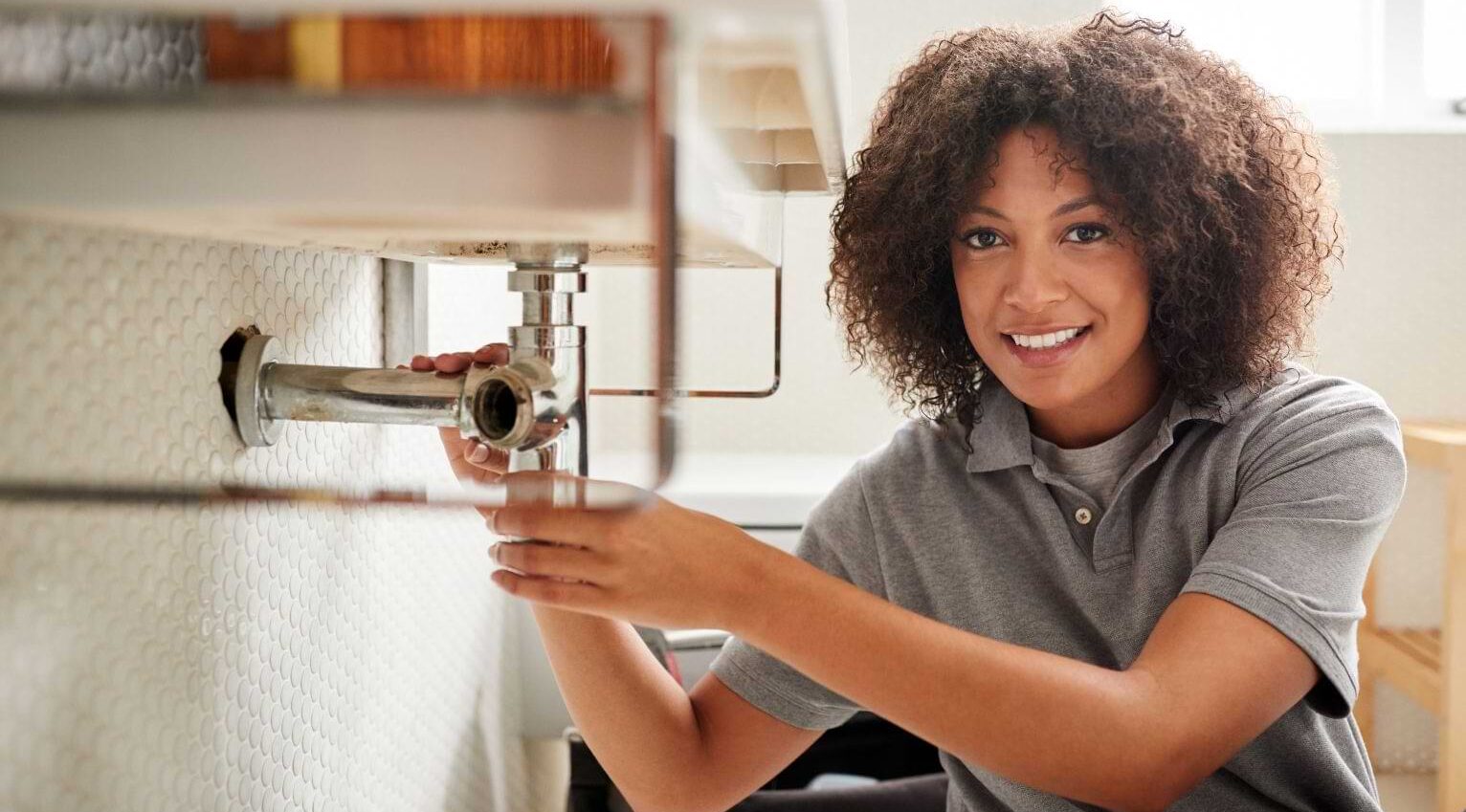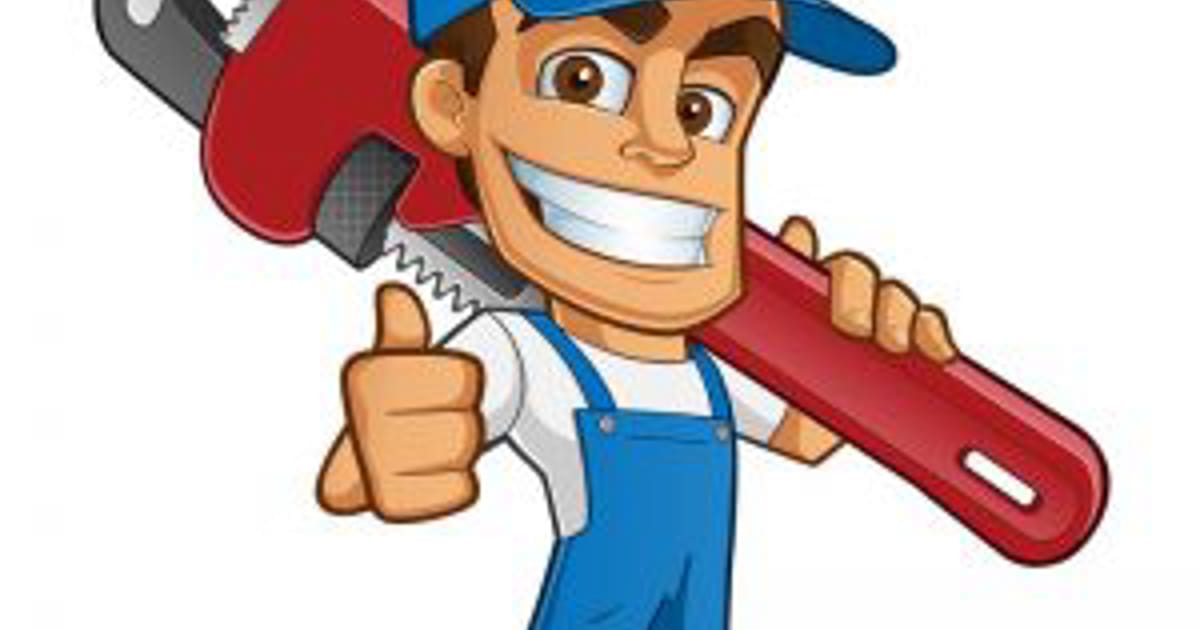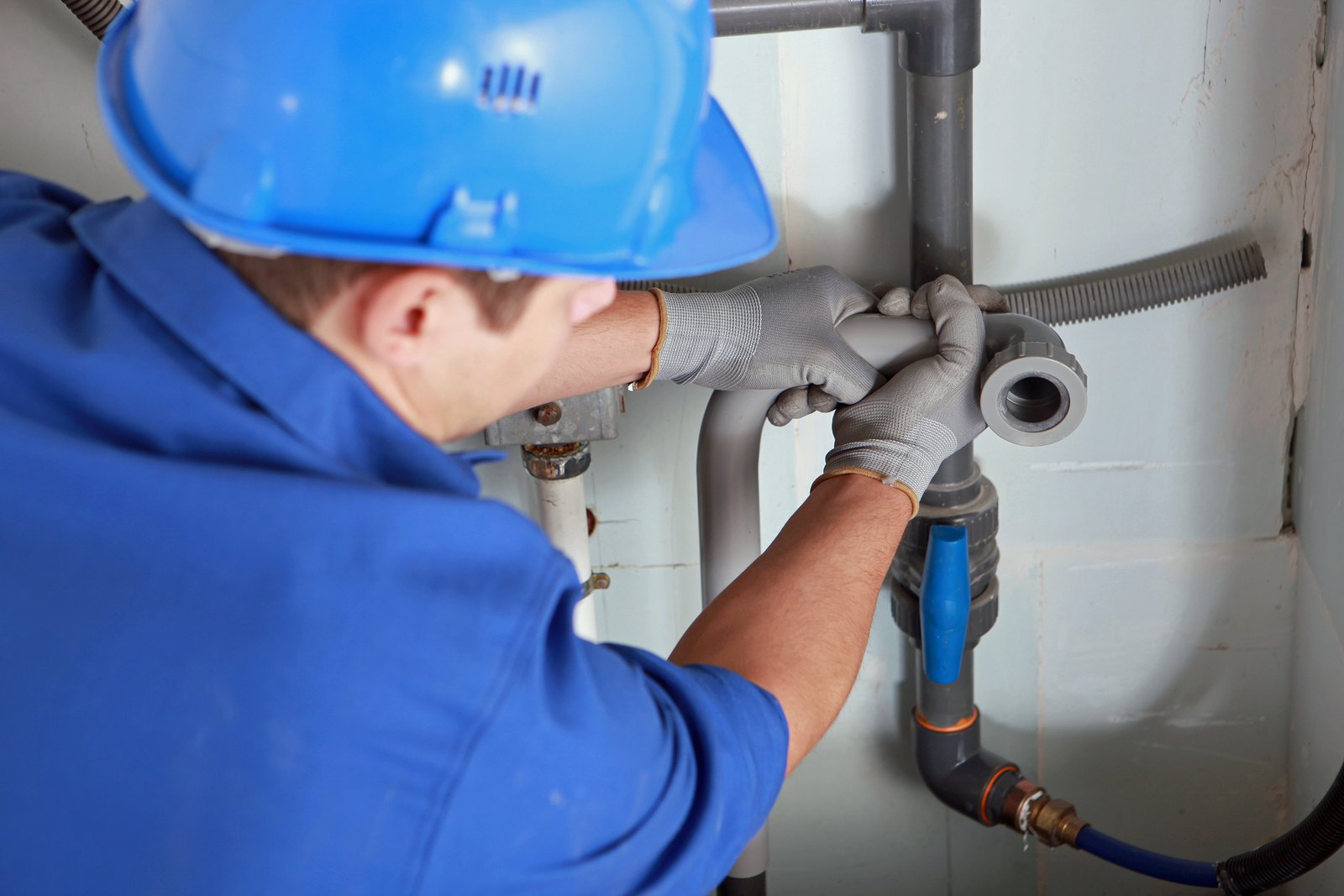Pipes and Home Heating Tips for First-Time Homebuyers
As a newbie homebuyer, you'll quickly understand that recognizing the basics of plumbing and heating is important to maintaining a comfy and affordable living environment. From determining possible problems to applying energy-saving techniques, understanding these fundamental systems can make all the difference in your homeownership journey. While the knowing contour might seem challenging, with the ideal guidance, you'll be well on your way to coming to be a wise property owner who can take on typical challenges and expose the true capacity of your new house.
Trick Takeaways
- Understand the fundamentals of plumbing, consisting of water system lines, water drainage pipelines, and pipe materials, to evaluate the residential or commercial property's condition properly.
- Recognize and deal with possible pipes problems, such as leakages, water stress troubles, and drain clogs, to prevent expensive repair services.
- Preserve furnace efficiency through normal upkeep, air filter modifications, and thermostat changes to minimize power costs.
- Secure versus frozen pipes by shielding both interior and exterior pipes and taking precautionary actions throughout winter.
- Upgrade pipes and heating systems with energy-efficient fixtures, high-efficiency heaters, and tankless hot water heater to minimize energy costs over time.
Recognizing Plumbing Basics
As a possible buyer, understanding the basics of pipes is necessary for evaluating a property's problem and identifying prospective concerns. Acquainting yourself with the basic elements of a pipes system, such as the water system lines, water drainage pipelines, and fixtures, can aid you make educated choices when evaluating a home's viability.
One significant facet to think about is the pipeline products used throughout the home. Older buildings might have obsoleted products, like galvanized steel or actors iron, which can be vulnerable to corrosion and obstructions gradually. Newer homes typically feature a lot more durable choices, such as copper, PVC, or PEX pipes, which can supply much better water pressure and longevity.
Sufficient water pressure is one more crucial element. Low stress can suggest problems with the major supply of water or the home's interior pipes arrangement. Take notice of how the faucets and showerheads perform, as this can provide you a common sense of the general water stress.
Recognizing Possible Pipes Issues
When checking out a possible home, you'll wish to thoroughly evaluate the plumbing system for any type of noticeable signs of issues. This could consist of looking for leaks, water stains, or indications of deterioration around the pipes and fixtures. Pay very close attention to the condition of the pipelines, as outdated or damaged pipes can lead to expensive repairs down the line.
Throughout your pipeline assessments, seek indicators of rust, cracks, or leaks, which might indicate broader troubles within the system. You must likewise evaluate the water stress by activating the faucets and showers. Low water pressure may recommend a trouble with the main water line or the home's pipes framework.
If possible, ask the house owner or property agent regarding the age and product of the home's pipelines. Older homes may have galvanized steel or polybutylene pipes, which are much more susceptible to concerns and may require to be changed. Identifying possible plumbing problems at an early stage can assist you make a much more enlightened choice about the home.
Maintaining Heating Unit Efficiency
When it involves keeping your home's heating unit efficiency, keep a close eye on your thermostat settings.
It's additionally an excellent idea to set up regular maintenance contact a specialist to assure your system is running at its best.
Remaining on top of these two key jobs can go a lengthy way in keeping your heating expenses down and your home comfy all period long.
Monitor Thermostat Settings
By monitoring your thermostat settings, you can assure your heating unit runs at peak effectiveness, reducing energy expenses and lengthening its lifespan.
Confirm your thermostat is effectively adjusted to offer accurate temperature level analyses. Also a small miscalibration can cause inconsistent temperatures, triggering your furnace to work more difficult than required.
Maintain temperature level uniformity throughout your home by changing the thermostat routinely. During the day, established it to a comfortable temperature level, usually around 68 F. During the night or when you're away, reduced the setting by 5-10 degrees. This small adjustment can considerably affect your energy use and monthly bills. Avoid drastic temperature changes, as this can stress your furnace and lower its efficiency.
Frequently examine your thermostat for signs of wear or damages, and consider updating to a programmable or clever model. These sophisticated thermostats provide better control and precision, enabling you to fine-tune your home's temperature level to match your way of living and choices.
Set Up Normal Upkeep
To enhance your initiatives in checking your thermostat setups, scheduling normal maintenance is crucial to maintaining the efficiency of your heater.
You'll intend to guarantee you're booking seasonal upkeep visits with a trusted HVAC specialist. These routine examinations ought to occur a minimum of annually, typically prior to the start of the home heating season.
Throughout these exams, the professional will extensively check your heating system, boiler, or other heating devices, cleansing and tuning it up as needed. They'll likewise check for any potential concerns or deterioration that could affect performance or security. Making the effort to arrange these visits can go a long method in catching small problems prior to they come to be large, expensive frustrations.
Furthermore, don't neglect to change your air filters regularly as suggested by the maker. Dirty filters can restrict airflow and compel your system to function harder, reducing its performance.
Stopping Frozen Piping
Properly protecting your pipes is necessary to preventing them from freezing throughout the cooler months.
You'll wish to concentrate on pipe insulation for both your exterior and interior pipes. For the indoor pipelines, you can use pre-formed pipe insulation sleeves or cover the pipes with insulating tape. This will produce a barrier that helps preserve warm and keeps the water streaming.
For outside pipes, like those running through the attic or along the exterior of your home, you'll require much more robust insulation, like foam pipeline cover or warm tape. These products are made to hold up against the winter months elements and avoid freezing.
Do not neglect wintertime prep work, also. Separate any type of outside pipes, turned off the water to exterior taps, and shield revealed pipelines in the attic room, crawl room, or basement.
Taking these proactive actions will aid you prevent a pricey and bothersome pipeline ruptured when the temperature level goes down. With the best pipe insulation and winter months prep, you can maintain your pipes running efficiently all period long.
Attending To Leakages and Blockages
Leaks and clogs prevail plumbing problems that property buyers shouldn't ignore. Determining and dealing with these issues early can save you from pricey fixings down the line. When examining a potential home, look for indications of leaks, such as water stains, mold and mildew, or dampness around pipes and fixtures. Doing a detailed leak detection test can assist reveal any surprise leakages that might not be visible. https://swisscottageplumbers.co.uk
When you've relocated, be proactive concerning blockage avoidance. Frequently clean your drains pipes and make use of a drain cover to catch hair and particles. Prevent putting grease or oil down the sink, as they can strengthen and create stubborn blockages.
If a blockage does occur, attempt using a bettor or a drainpipe serpent to clear it before calling in a specialist. Remaining on top of these minor problems can avoid them from becoming bigger and much more expensive troubles in the future. With a little persistance, you can maintain your pipes system running efficiently and prevent any horrible surprises.
Upgrading Plumbing and Heating

When purchasing a home, you'll intend to consider modernizing the plumbing components to boost water performance and upgrading the furnace to enhance power performance.
Newer pipes components like low-flow toilets and taps can help reduce water usage, while a high-efficiency furnace or boiler can reduce your heating expenses.
These upgrades may call for a first investment, yet they'll repay in the long run with reduced energy expenses and an extra comfy home.
Modernize Plumbing Fixtures
Updating out-of-date plumbing fixtures can rejuvenate your home, increasing both its capability and aesthetic charm.
Smart fixtures like touchless taps and low-flow showerheads not only include a contemporary touch, yet they can additionally assist you preserve water and reduced your utility expenses. Look for environment-friendly options that bring the WaterSense label, ensuring they meet rigorous water-efficiency criteria set by the Environmental Protection Agency.

Past the sensible advantages, updated pipes fixtures can dramatically improve the total feel and look of your bathrooms.
Smooth, minimal layouts in surfaces like cleaned nickel or matte black can immediately boost the space, while ingenious functions like integrated LED illumination or motion-activated sinks can give a touch of deluxe.
Do not hesitate to obtain creative and choose components that show your personal design.
Boost Energy Efficiency
Dealing with power efficiency in your house begins with reviewing your pipes and heating unit. By updating obsolete or ineffective devices, you can greatly reduce your energy costs and ecological influence. Consider scheduling an expert power audit to identify areas for renovation. This may disclose opportunities to upgrade your insulation, which can make a considerable distinction in your home's thermal efficiency.
When it concerns your heating system, seek high-efficiency designs that use much less energy to provide the same level of comfort. Go with a furnace or boiler with a power STAR score, as these are made to decrease power intake. Don't ignore your water heater - tankless or heat pump hot water heater can be far more reliable than standard tank designs.
Pipes upgrades can likewise contribute to energy savings. Low-flow fixtures, such as showerheads and taps, can significantly reduce your warm water use. Additionally, shielding your pipes can avoid heat loss, keeping more of that power where it belongs - inside your home.
Working With Professional Support
Employing a professional plumbing technician or a/c technician is commonly the wisest option when tackling complex home improvement tasks associated with your pipes or heating unit.
While you might be attracted to take on these jobs yourself, it's vital to identify the prospective threats and benefits of working with an expert.
Plumbing evaluations, for instance, require specialized understanding and tools to ensure your home's water system and drainage systems are operating correctly.

Likewise, understanding the nuances of heating service warranties can be overwhelming, and a professional can help you navigate the procedure and make sure you're getting the coverage you need.
Conserving Power and Resources
When it involves saving energy and sources, you'll intend to ponder updating your home's plumbing and heating unit. Energy-efficient home appliances, low-flow components, and appropriately protected ductwork can help reduce your utility bills and environmental effect.
Consider performing an energy audit to recognize locations where you can improve effectiveness. This may involve replacing out-of-date water heaters, furnaces, or cooling units with even more environment-friendly models.
Water conservation is an additional important consideration. Set up low-flow showerheads and taps to reduce water usage, and look into tankless hot water heater, which warm water as needed rather than maintaining a continuous supply.
Furthermore, make certain your home is effectively shielded to stop warm loss, which can stress your heater and increase power expenses.
Often Asked Questions
Just how Do I Locate the Main Water Shut-Off Valve in My Home?
Situating your home's major water shut-off valve is essential. It's usually located near where the water line enters your home, frequently in the cellar or crawlspace.
Try to find a big valve, typically a gate or ball shutoff, that manages the water to your entire residence.
Having the ability to quickly turn off this shutoff can conserve you from significant water damages if a pipe ever before bursts.
Understanding where it is and exactly how to operate it is a vital skill for each property owner.
What Are the Signs of a Failing Hot Water Heater?
You might observe a couple of indications that your hot water heater is falling short.
If you see any leakages around the storage tank, this can indicate an issue.
In addition, if the water isn't heating up as promptly or the temperature isn't as hot as it used to be, this might indicate it's time for hot water heater maintenance or replacement.
Take note of these signs and resolve any type of concerns quickly to prevent even more expensive repairs down the line.
How Often Should I Have My Heater Serviced?
As a home owner, you must aim to have your heating system serviced a minimum of once a year, ideally prior to the start of the home heating period.
Normal heater maintenance is important to assure your system is running effectively and securely.
During these seasonal inspections, a specialist can recognize any kind of problems and perform necessary tune-ups, aiding to extend the life of your furnace and maintain your home comfy all winter long.
Can I Install a Tankless Water Heater Myself?
Can you mount a tankless water heater on your own?
Well, it's feasible, but you'll need to thoroughly take into consideration the installation demands.
Tankless water heaters require customized plumbing and electric job, so it's typically best to have a qualified professional manage the setup.
They'll ensure it's done safely and up to code.
While a do it yourself approach may conserve you some cash, it's not worth the threat if you're not experienced with this type of task.
What Are the Conveniences of Upgrading to a High-Efficiency HVAC System?
Updating to a high-efficiency HVAC system can offer substantial advantages.
You'll enjoy energy financial savings via enhanced efficiency, which reduces your monthly utility costs.
Plus, the environmental influence is reduced with an extra environmentally friendly system that makes use of less power.
You'll take a breath simpler knowing you're doing your component to lower your carbon footprint.
The in advance investment deserves it for the long-term financial savings and comfort.
Final thought
As a new buyer, don't ignore the value of plumbing and home heating.
Regularly check for leaks, preserve your furnace, and upgrade to energy-efficient components.
By resolving these essential home elements, you'll prevent pricey concerns and enjoy a comfy, sustainable living atmosphere.
Bear in mind, a little aggressive upkeep goes a lengthy way in making sure a smooth transition right into homeownership.
